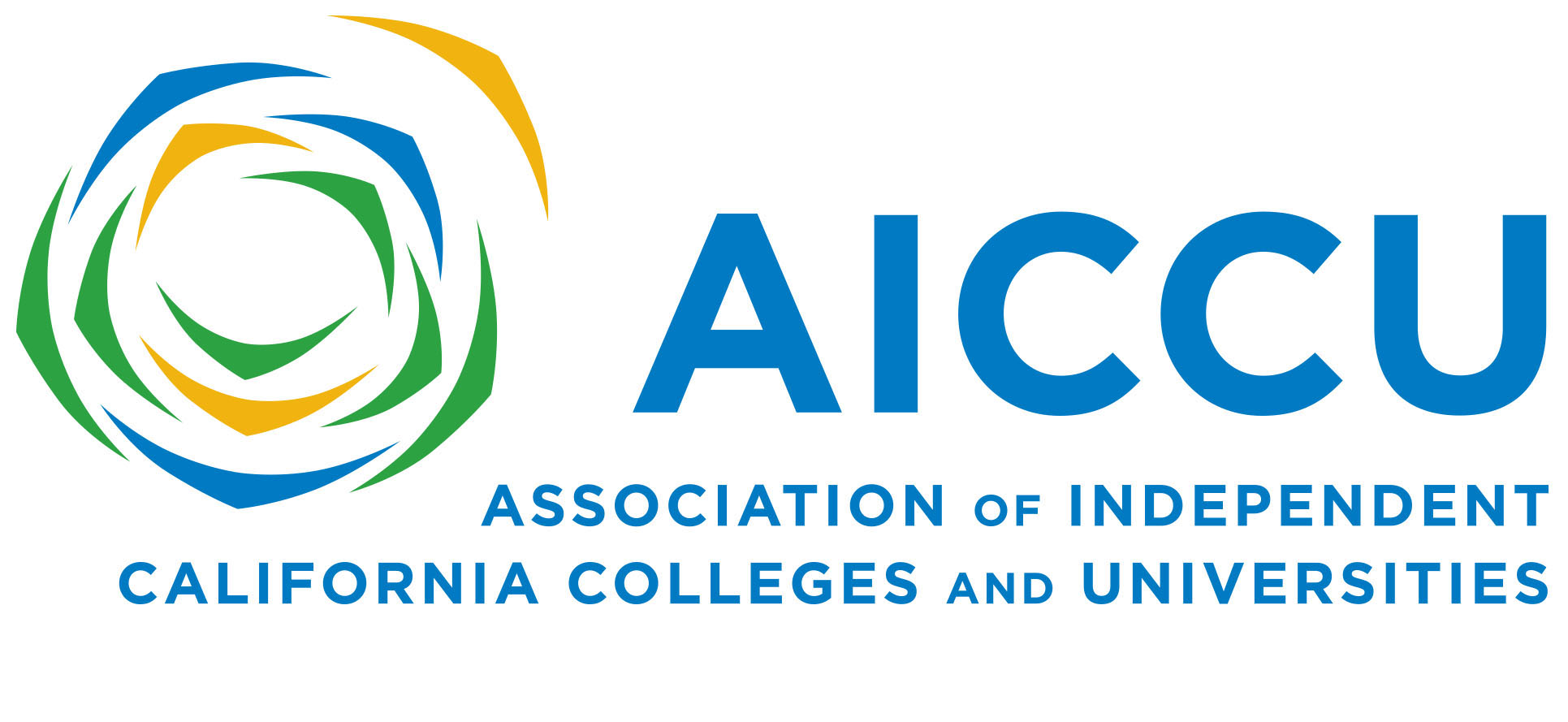When Twitter was created in 2006 I didn’t join. Like most of my colleagues, I just didn’t see the value.
I also didn’t join in 2010, the year the Common Core Standards were born. Although Twitter was rapidly gaining worldwide popularity, including among educators, I still didn’t see how it could help me. Then began the rumblings of how CCSS would dramatically impact how teachers should teach, how students should learn, and how we would need to conduct assessments, and we began to worry. Perhaps the scariest part of this new requirement was the lack of details about what it would all look like.
Then at the annual California Social Studies Teachers Conference in 2013, I had a transformative encounter with a fellow social studies teacher. He encouraged me to try Twitter to learn about the Common Core and also to explore a number of other education-related topics that mattered to me such as project based learning, edtech, civic learning, flipping the classroom and all things TED.
His message to me: Twitter can be a powerful and engaging form of professional development for teachers.
“Twitter can be a powerful and engaging form of professional development for teachers.”
I was so inspired that throughout that school year I went to Twitter time and again, determined to figure out how to become a better teacher.
In that year of observing on Twitter, I not only learned how social studies teachers were incorporating tech and media, project based learning, flipped learning, civic learning, and all things TED into their curriculum, but I also learned about the many ways that I could get more involved in teacher leadership. Reading through Twitter first introduced me to websites such as KQED’s In the Classroom, Edutopia, and PBS’s Teachers’ Lounge – all of which became valuable resources for my professional growth.
To me, this was professional development at its best! I found myself wishing that Twitter had existed 30 years ago during my first years of teaching, and I hadn’t even set up my own account yet!
“I found myself wishing that Twitter had existed 30 years ago during my first year of teaching.”
It wasn’t until a full year later that I kicked things up a notch and created my own Twitter account and I have been actively participating on Twitter ever since. I now use Twitter to learn what other educators are doing, share some of my better lessons, offer my reflections on teaching, learning and assessment, highlight some of my students’ work, and celebrate the work of other educators.

When you tweet, you can’t help but reflect on how you teach. The sheer pressure associated with knowing that you are going to put your lessons, ideas, thoughts, and student work online for the world to see and comment on has a way of forcing reflection and polish. The act of sharing has made me a better educator.
“This is PD at its best. A model for all others to follow.”
If you are not yet on Twitter but find yourself inspired to join, I suggest that you:
- Type #caedchat or #BetterTogetherCA into the search and read through some of the tweets.
- Once you set up your account, tweet:
We are a very inclusive bunch and will shower you with welcome messages.
From there, I suggest that you:
- Read Brad Currie’s book 140 Twitter Tips for Educators
- Read my Medium article, An Interview with Brad Currie
- Read my KQED In the Classroom article, Twittering to Increase Student Engagement
- Invite fellow teachers and your students’ parents to follow you on Twitter
- Tweet at least once a week, even if only to share and/or comment on the praiseworthy work of other educators.
It’s as good a time as any to explore Twitter and the related Twitterverse and I can’t wait to connect with you online!
– Peter Paccone
Peter is a San Marino High School social studies teacher and the KQED In the Classroom publications manager. Peter is also a member of several teacher advisory committees (iCivics, Flipped Learning, PBS, Better Together, etc) and has written for various online education-related publications such as Edutopia, PBS’s Teacher Lounge, ITC, etc.


